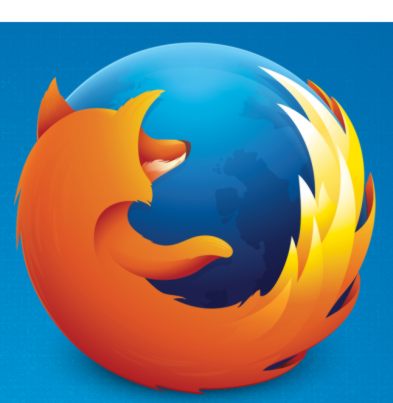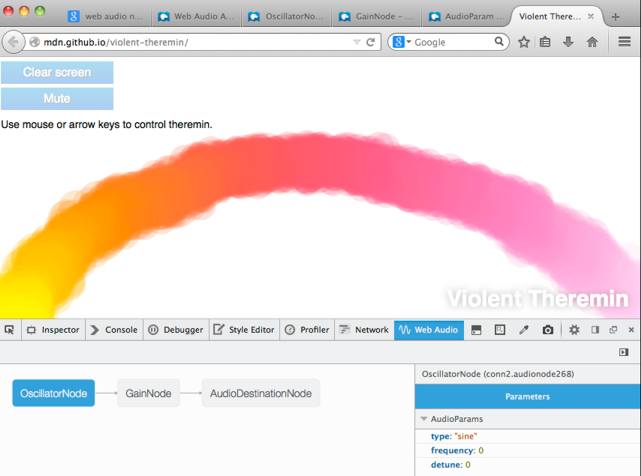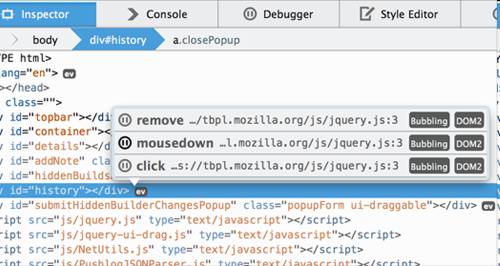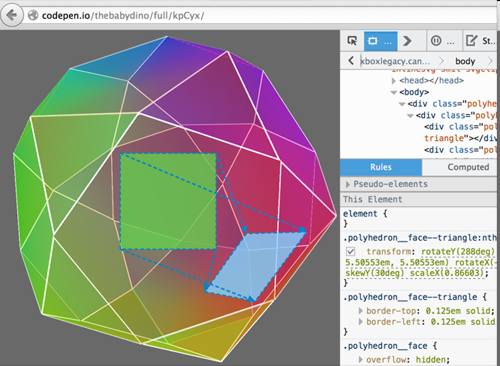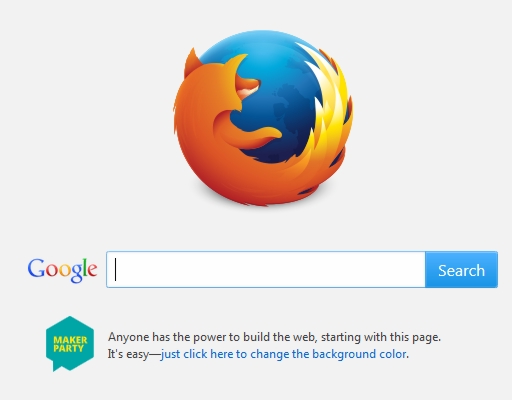| Firefox Features From Experimental To Released |
| Written by Ian Elliot | |||
| Thursday, 04 September 2014 | |||
|
Firefox 32 has been launched with features for improved performance and increased security. Firefox 33, with a slew of developer tool enhancements is moving to the beta channel. Meanwhile the version in the Nightly channel has been testing the use of sponsored ads.
Firefox 32 has a new HHTP cache back end. According to Honza Bambas posting on his Mayhemere's blog in May when this feature first became available in Nightly Builds: The new HTTP cache back end has many improvements like request prioritization optimized for first-paint time, ahead of read data preloading to speed up large content load, delayed writes to not block first paint time, pool of most recently used response headers to allow 0ms decisions on reuse or re-validation of a cached payload, 0ms miss-time look-up via an index, smarter eviction policies using frecency algorithm, resilience to crashes and zero main thread hangs or jank. This seems to offer a big performance improvement and it is one I've noticed in just a couple of days of using Firefox 32. Public key pinning support is the other major desktop feature and is intended to prevent man-in-the-middle attacks due to not detecting rogue certificates not issued by verified certificate authorities (CAs). The Mozilla Wiki states: The feature binds a set of hashes public keys to a domain name such that when connecting to a site using TLS the browser ensures that there is an intersection between the public keys in the computed trust chain and the set of fingerprints associated with that domain. This check is done during the certificate verification phase of the connection, before any data is sent or processed by the browser. In particular we are pinning the sha256 digest of the der encoded subject public key info. In order to reduce rejections, Firefox computes all potential trust chains before deciding that are no valid pins. Over the coming releases Mozilla intends to pin not only the sites that Chrome pins, Google and Twitter, but also its own sites and other popular sites like Faceboook. In Firefox 32 pinning is on by default and the followings sites are pinned:
For developers the desktop version of Firefox 32 includes a new Web Audio Editor, although this isn't enabled by default. It The Web Audio Editor examines an audio context you have constructed and provides a visualization of its graph, giving you you a high-level view of its operation and enabling you to ensure that all the nodes are connected in the way you expect and to edit their
In the mobile version of Firefox 32 the Gamepad API, first in Firefox 24 but only as an option, is finalized and enabled. Another new features is the ability to switch between any of Firefox for Android's 55 supported languages without leaving the browser. For developers there's an improvement to the Home Panel add-on API.
Firefox 33, now in beta, has more by way of developer-related enhancements, particularly to the Inspector tool, starting with an event listeners popup in the Inspector. Any node with a JavaScript event listener attached to it will now have an "ev" icon next to it in the Inspector. Clicking the icon will open a list of all the event listeners attached to that element. Click the pause icon to get taken to that function in the Debugger, where you can set breakpoints and debug it further:
There is also a new sidebar in the Style editor that displays a list of shortcuts to every @media rule in the stylesheet (or Sass source) and lets you click an item to jump to that rule. The condition text of the rule is greyed-out if the media query doesn’t currently apply. Firefox 33 provides an "Add Rule" option to the Inspector and the Rules sections now displays any @keyframes rules associated with the currently selected element and lets you edit them. A cubic bezier editor, which uses open source code, has been added as demoed in this video:
In addition there is a transform highlighter that visualizes how an element has been transformed from its original position and shape. Hovering over a CSS
More new features are outlined in a Mozilla Hacks article posted when Firefox 33 became the Aurora (i.e alpha) version.
Mozilla's own Webmaker site which is also being promoted. It had been given a very subtle form of promotion on the Firefox 31 Start page by the inclusion of an opportunity to alter its HTML code.
Do you notice the message just under the search bar? I have to admit I hadn't until it was pointed out.
When you click this happens:
The choice of color is indeed dramatic. And if you type in a color name you are invited to sign up:
If you do you get an email that takes you to Webmaker - the idea being that if you see being able to change the color of a web page as exciting you'll want to progress to customizing and building web pages. As far as I can see the facility has been dropped from Firefox 32 but perhaps having a Webmaker tile in a future version of Firefox will encourage more people to try it out. There's no guarantee, however, that sponsored tiles will be in Firefox 34 as the progression of any feature from Nightly to Aurora to Beta to Final release is not always a smooth and straight path.
More InformationRelated ArticlesFirefox Losing Share As Desktop Browser Firefox Evolves Into A Full IDE Firefox 31 Beta Full Of New Developer Features Mozilla Developer Network Redesign
To be informed about new articles on I Programmer, install the I Programmer Toolbar, subscribe to the RSS feed, follow us on, Twitter, Facebook, Google+ or Linkedin, or sign up for our weekly newsletter.
Comments
or email your comment to: comments@i-programmer.info |
|||
| Last Updated ( Thursday, 04 September 2014 ) |
